Mantua, new exhibition at Ducal Palace: journey through the wonders of the Mantuan Renaissance
Mantua’s Ducal Palace yesterday opened to the public the new permanent display of the collection of Renaissance painting and sculpture at the Castle of San Giorgio, which is part of the Palace’s itinerary being united with it. This section, curated thanks to a collaboration with the Municipality of Mantua and created by the Treviso-based firm Mimec, highlights works and environments that testify to the artistic fervor of the city during the Renaissance, in a journey that spans more than four centuries of history.
The exhibition finds space on the ground floor of the Castle of San Giorgio, where meticulous restoration has unearthed decorations and frescoes dating back to the time of the Marquises of Mantua. In particular, visitors will be able to admire the rooms where Francesco II Gonzaga resided, above the apartment of his consort Isabella d’Este, rooms rich in Renaissance decorations, including “all’antica” friezes and refined “Moorish-style” workmanship." These architectural and artistic details, dating between the 15th and 16th centuries, help recreate the atmosphere of the Gonzaga court, which made Mantua one of the most vibrant cultural hubs of Renaissance Italy.
“This new installation,” says director Stefano L’Occaso, “is a source of particular pride for me. It stems from a project I had launched in 2022, but colleagues have taken up the challenge and transformed it, with enormous skill and ability, into something that goes far beyond my expectations. My thanks go to them; we have finally paid tribute to a season that made Mantua famous in the world: the Renaissance.”
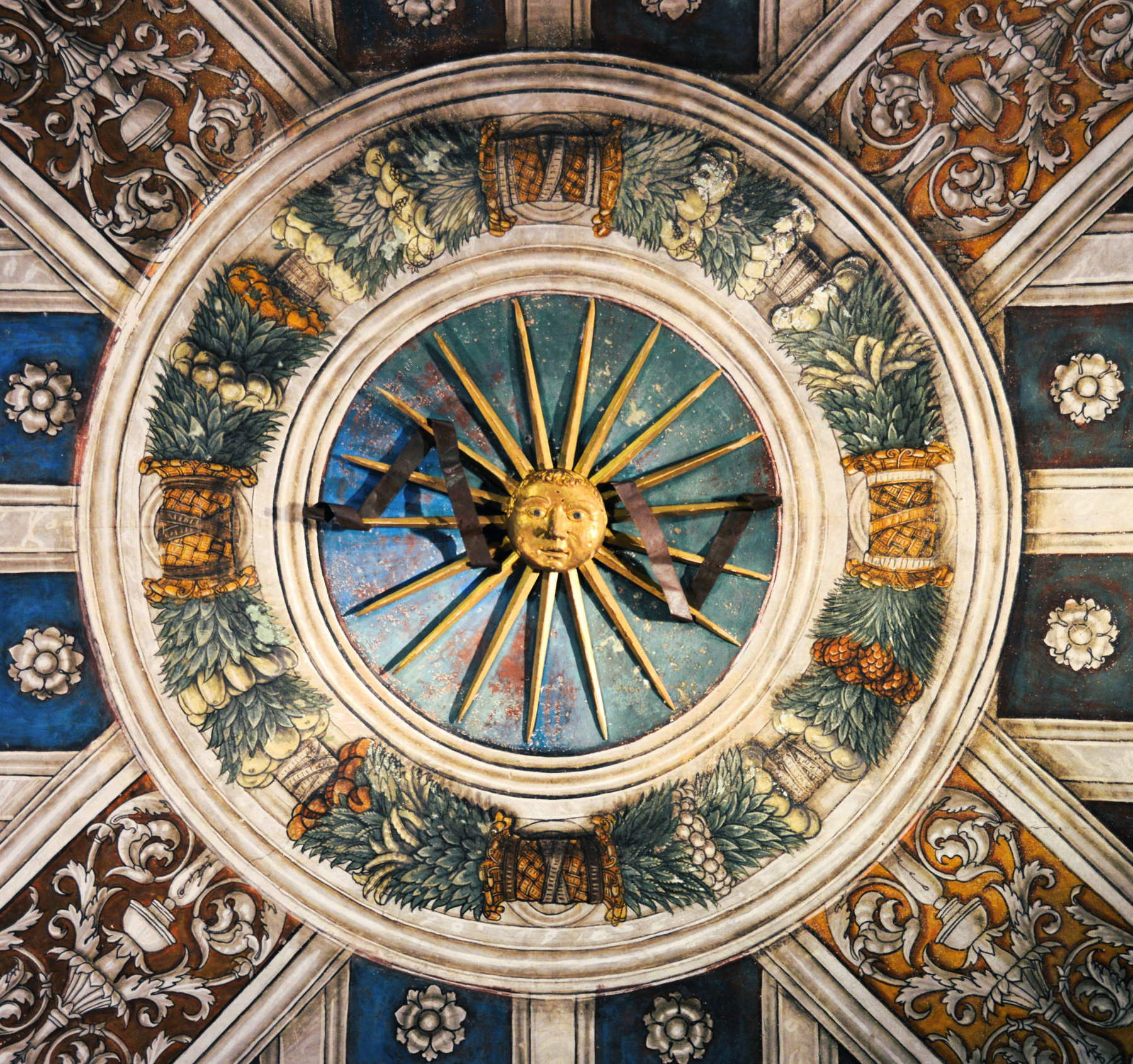
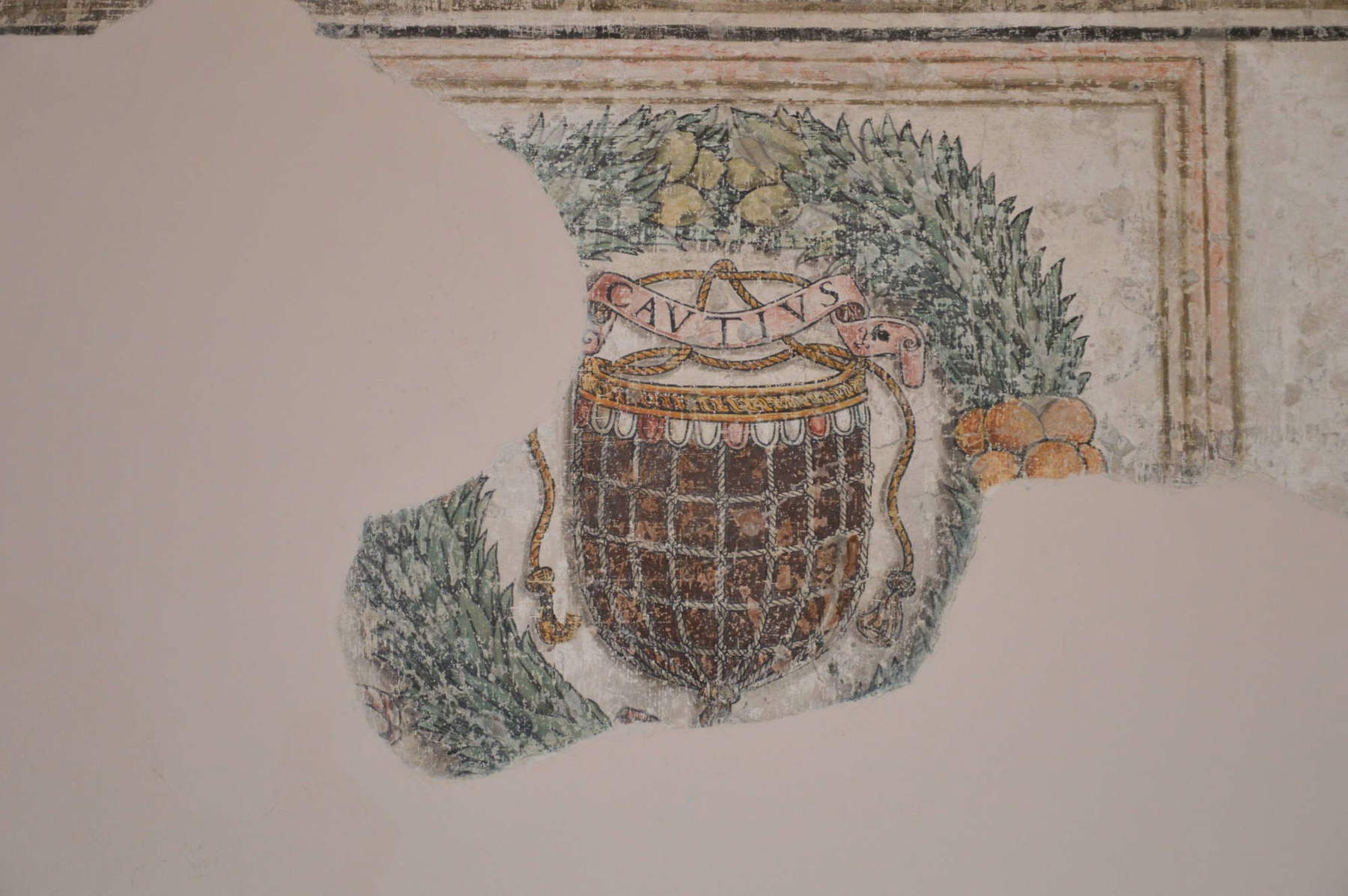
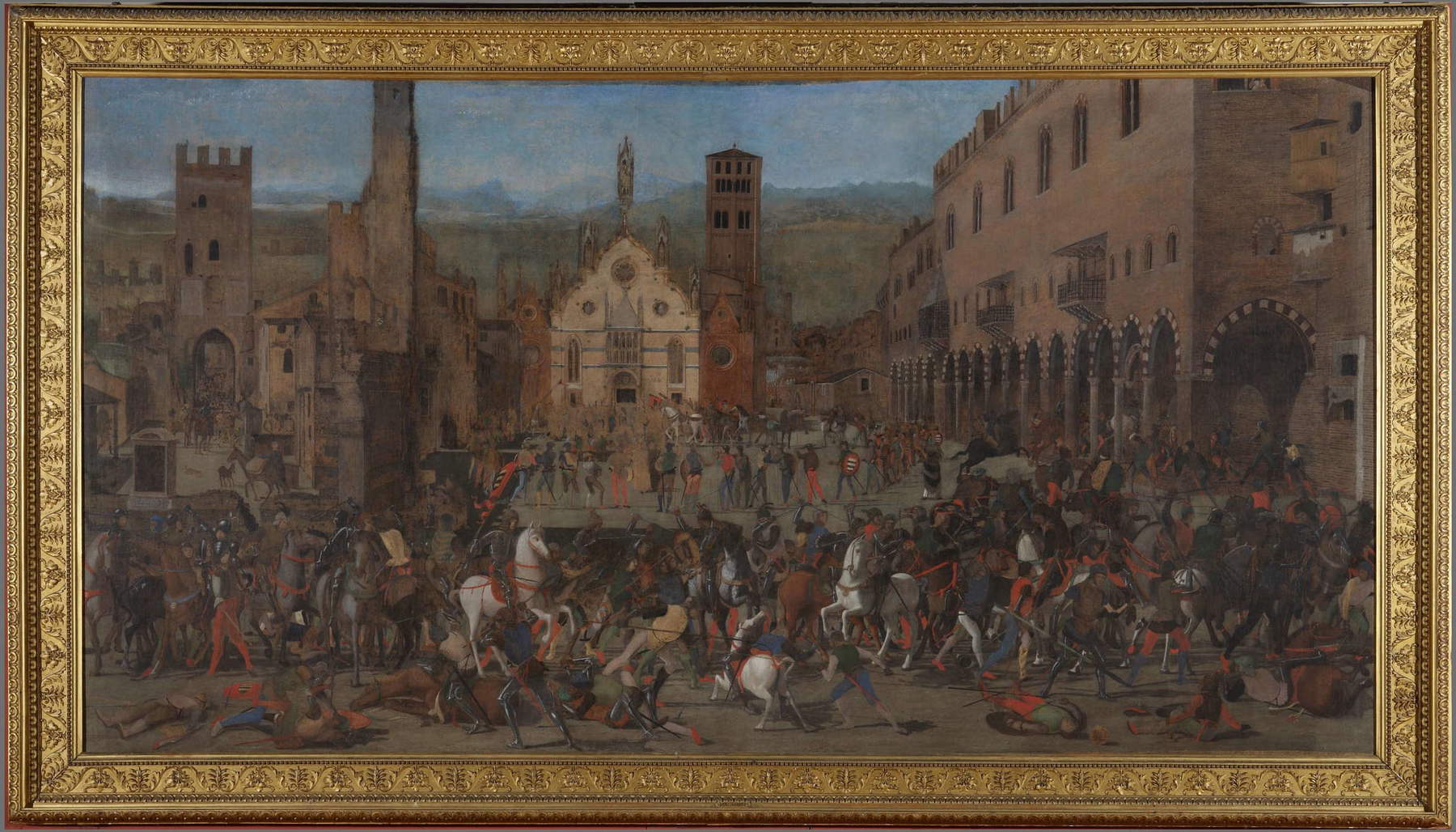
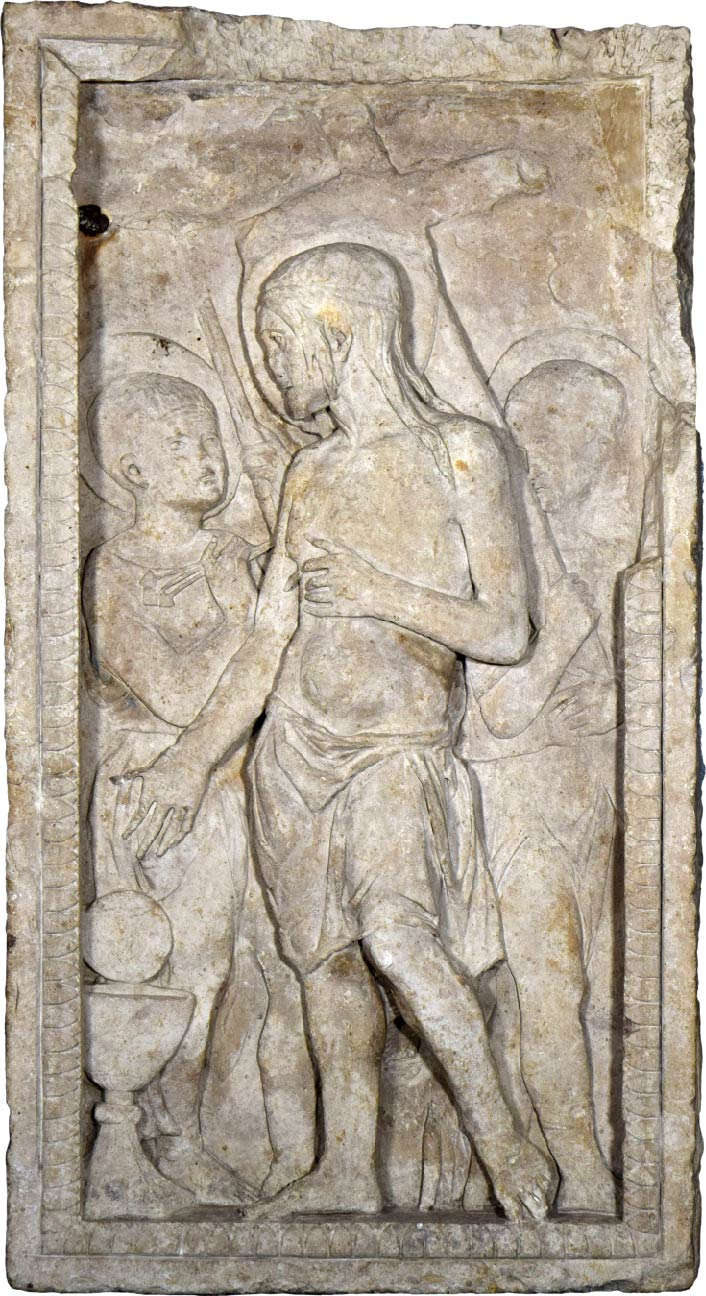
The Mantuan Renaissance: a golden season with Andrea Mantegna
The beating heart of the new exhibition are the works of the great protagonists of the period: prominent among them is Andrea Mantegna, the master who, starting in the second half of the 15th century, profoundly marked the Mantuan art scene and consolidated the Renaissance language in the city. Alongside his works, the exhibition also celebrates Donatello, Luca Fancelli, and Pier Jacopo Alari Bonacolsi, known as l’Antico.
The display focuses on some of the most emblematic artistic issues of the period, exploring the dialogue between painting and sculpture and highlighting the influence of classical culture. The public will be able to appreciate how these influences shaped the aesthetics of the Gonzaga court, illustrating how Mantua was able to blend tradition and innovation, thanks in part to the contribution of outside artists.
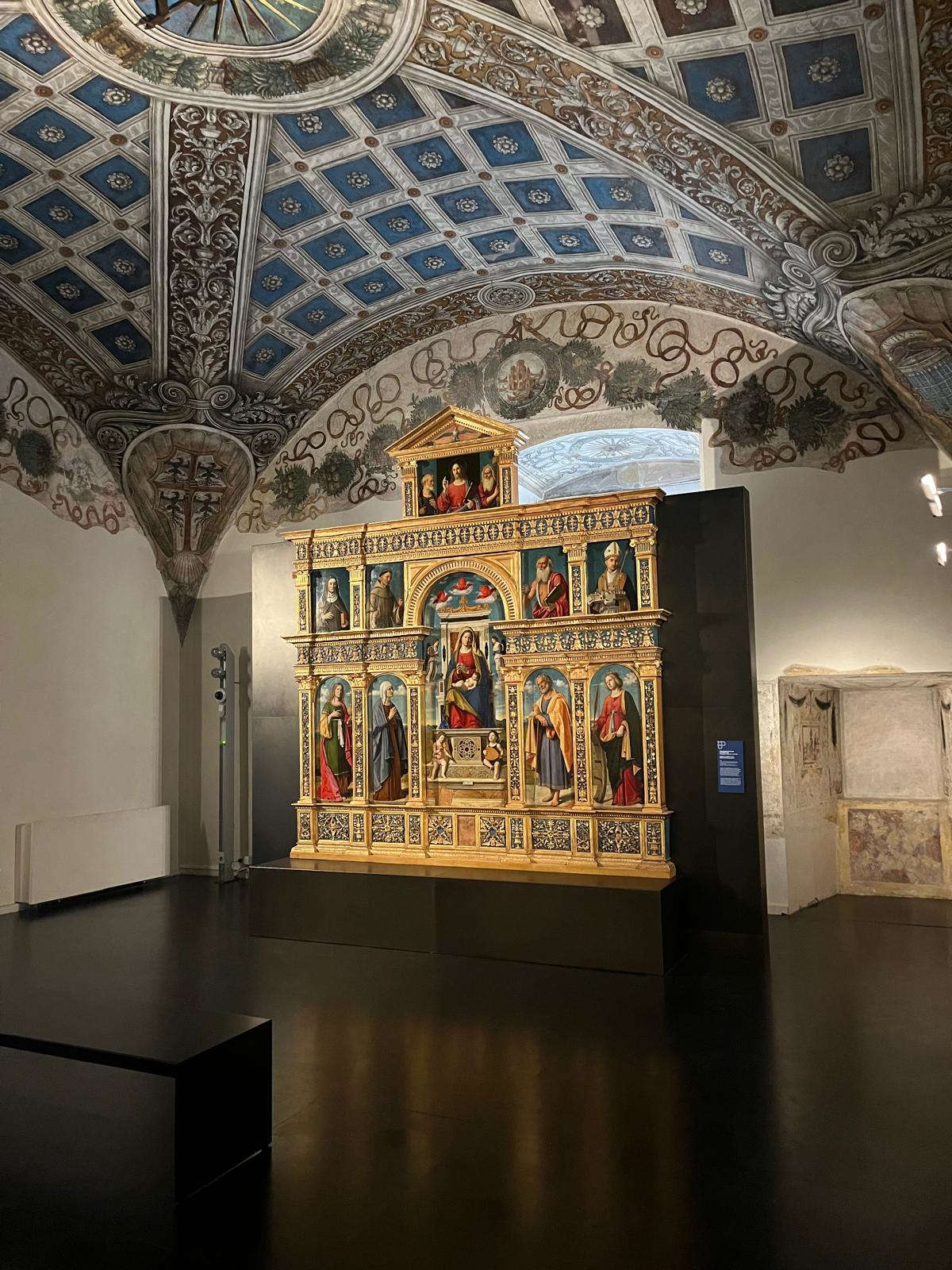
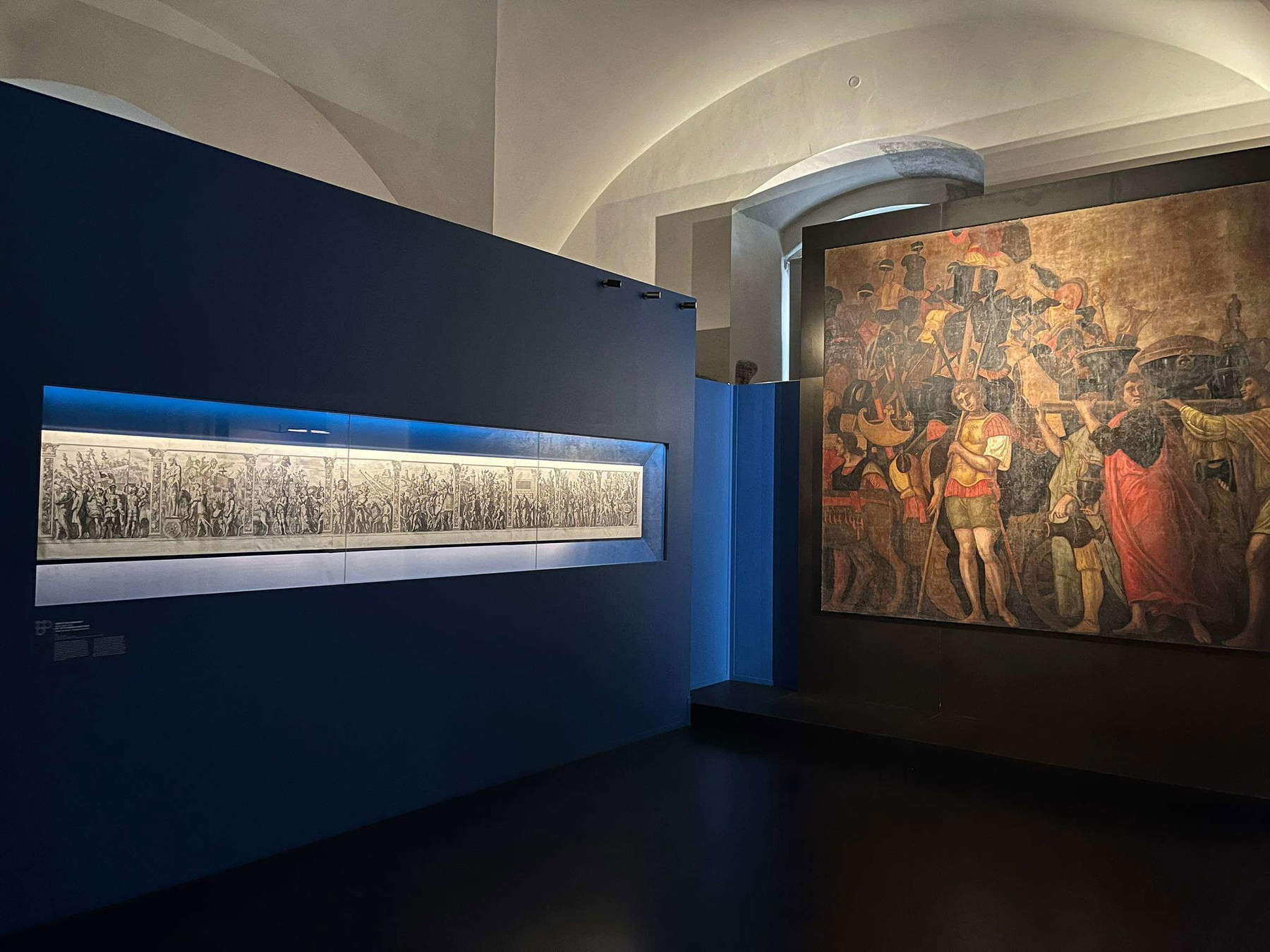
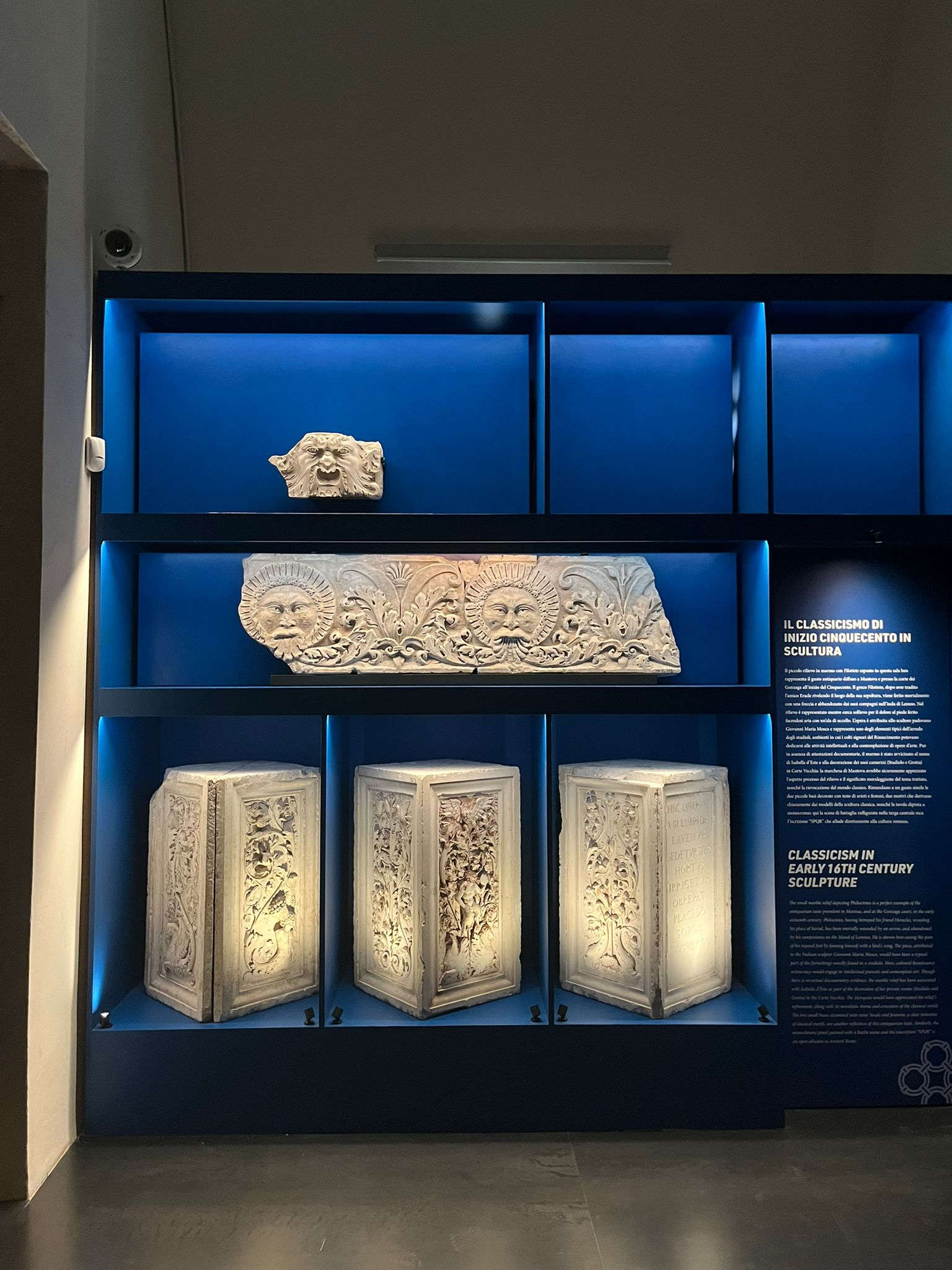
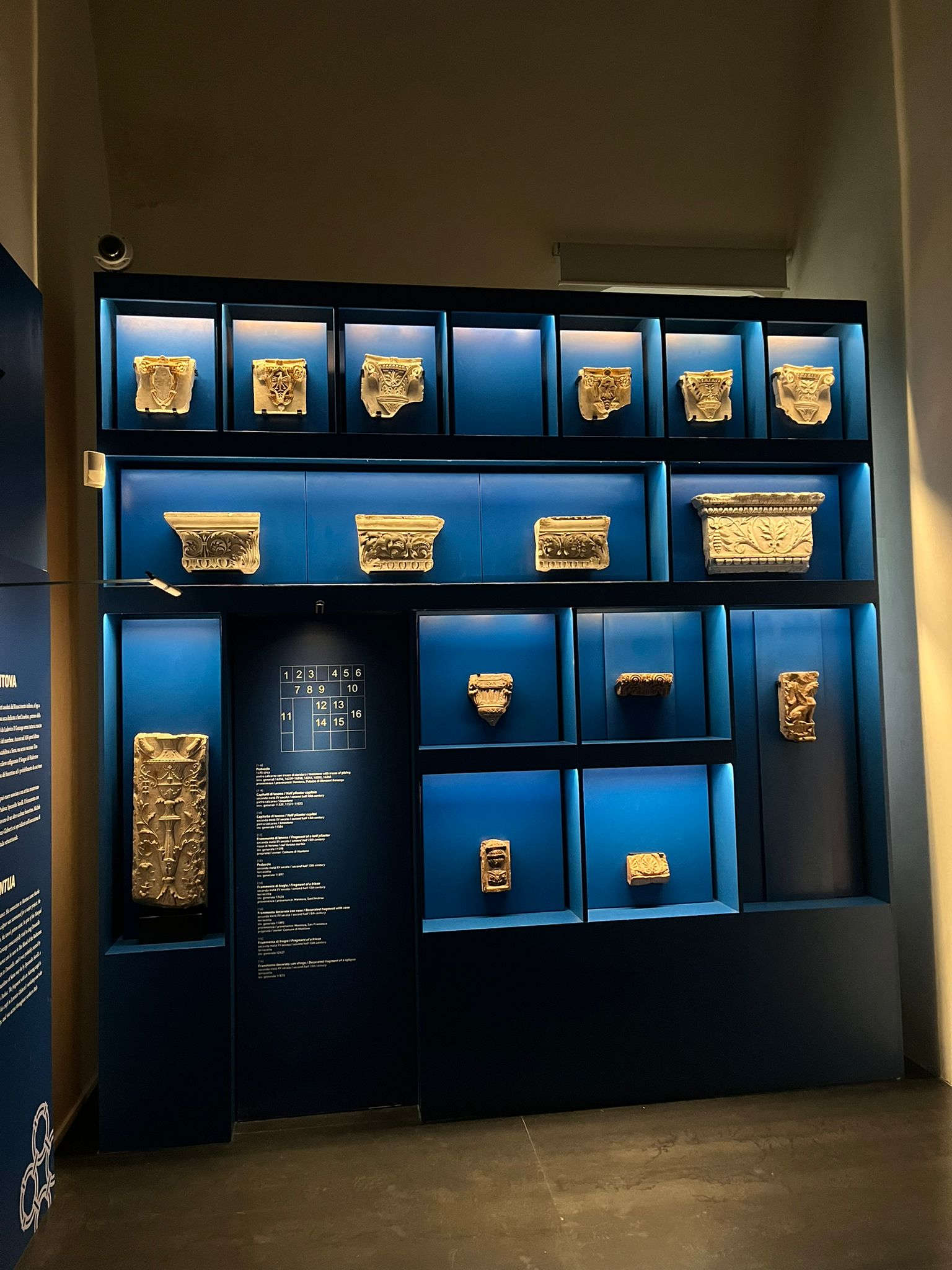
The works on display: restored masterpieces and new acquisitions
The exhibition, which winds its way through frescoed rooms, ancient-style friezes and “Moorish-style” decorations, features more than seventy works, including tempera paintings, oils, torn frescoes, sculptures, terracottas, plaster reliefs and engravings. Most of these pieces come from state and civic collections, made accessible to the public thanks to the recent agreement between the Ducal Palace and the City of Mantua.
There is also no shortage of novelties: some of the works on display have been specially restored for this occasion, a job supervised by the Palazzo Ducale’s restorers and other specialists in the field. Prominent among the works are also some recently acquired paintings that, never before exhibited, enrich the museum’s already vast artistic heritage, representing a further step toward the enhancement and rediscovery of Mantuan Renaissance art.
In addition to celebrating the masters of the mid-15th century, the exhibition also explores the evolution of the Mantuan figurative tradition under the rule of Francesco II Gonzaga and Isabella d’Este. Among the artists dearest to the marquises of Mantua emerge Domenico Morone (his is the celebrated painting depicting The Expulsion of the Bonacolsi) and Francesco Bonsignori, while the influence of the so-called Master of San Vincenzo Martire, probably identified in Bartolomeo Fancelli, who reinterprets Renaissance art in a local key, stands out. The exhibition also touches on later developments that anticipate the “modern” influenced by Correggio and introduces figures such as Gian Francesco Tura, witnesses to the shift toward new artistic trends.
The opening of the new Renaissance section thus represents a significant step in the project of restoring and enhancing the heritage of the Ducal Palace. In addition to the exhibition spaces, the itinerary in fact also includes the porticos of the Castle of San Giorgio, which underwent recent restoration work, as well as the Renaissance lapidary, whose selection of marbles represents a further enrichment for the visitor route.
With the new permanent exhibition, Mantua thus confirms itself as a center of excellence for art and the enhancement of Renaissance heritage, laying the foundations for a renewed dialogue with the past, thanks to a contemporary outlook and a constant commitment to the future of culture.
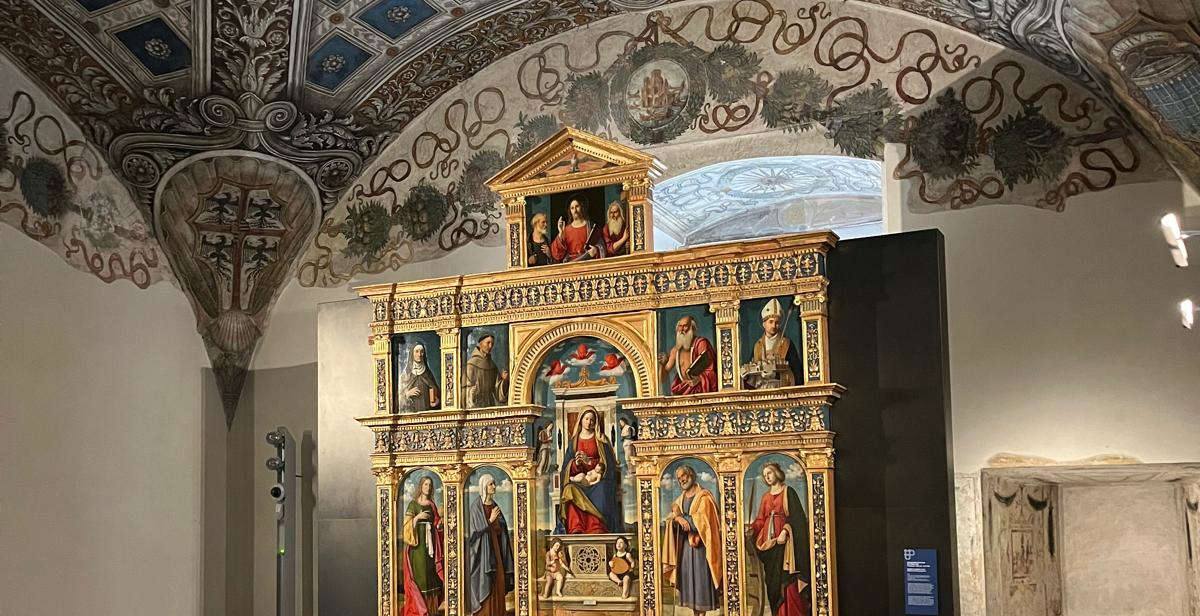 |
| Mantua, new exhibition at Ducal Palace: journey through the wonders of the Mantuan Renaissance |
Warning: the translation into English of the original Italian article was created using automatic tools. We undertake to review all articles, but we do not guarantee the total absence of inaccuracies in the translation due to the program. You can find the original by clicking on the ITA button. If you find any mistake,please contact us.




























